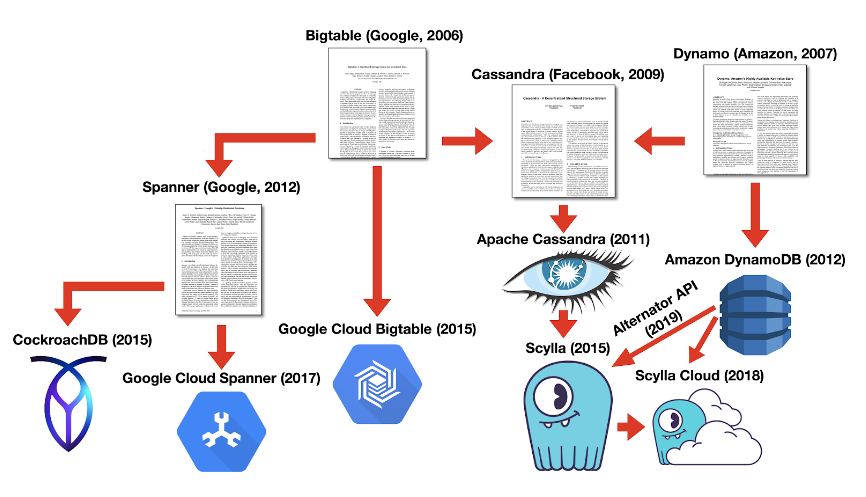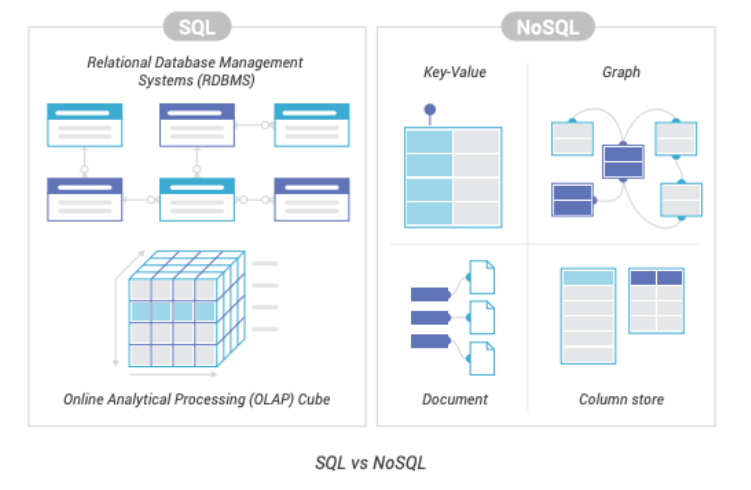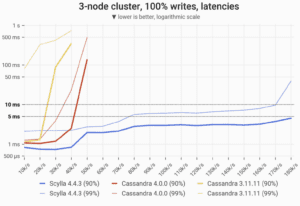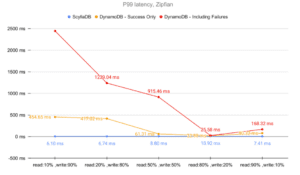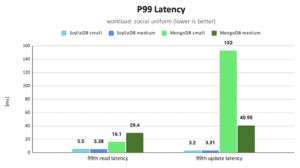There are six AWS NoSQL database models:
AWS key-value databases are part of Amazon DynamoDB. These enable users to store data in unique key-value pairs containing values for ID and any type, structure, or amount of data. This flexibility is ideal for the large volumes of data or requests found in eCommerce systems, gaming applications, and other high traffic applications.
AWS document database services include Amazon DocumentDB and DynamoDB. These are structured like key-value databases with values and keys stored in documents written in a markup language like XML, JSON, or YAML. This allows users to link documents to store data in hierarchies, such as for catalogs, user profiles, and content management.
The AWS wide column database offering is Amazon Keyspaces (for Apache Cassandra). These databases lack a strict column format and allow different data formats to be combined. Applications for wide column databases include fleet management, route optimization, and industrial maintenance applications.
Amazon Neptune is the AWS graph database offering, structuring databases as collections of nodes and edges. Nodes are the individual data values and the relationships between them are edges. These databases allow for organic tracking of intricately interconnected data, such as for social networking, recommendation engines, and fraud detection.
The AWS time series database service is Amazon Timestream. Amazon Timestream stores data in streams, sorted by time of ingestion, collection, or other metadata timestamp. This is useful for DevOps, industrial telemetry, and Internet of things (IoT) applications.
The AWS ledger database offering is Amazon Quantum Ledger Database (QLDB). OLDB is based on transparent, immutable logs that record and relate events to data values. Logs are cryptographically verified for data authenticity and integrity, making this a great choice for supply chains, banking systems, legal records, registrations, and other official systems of record.
